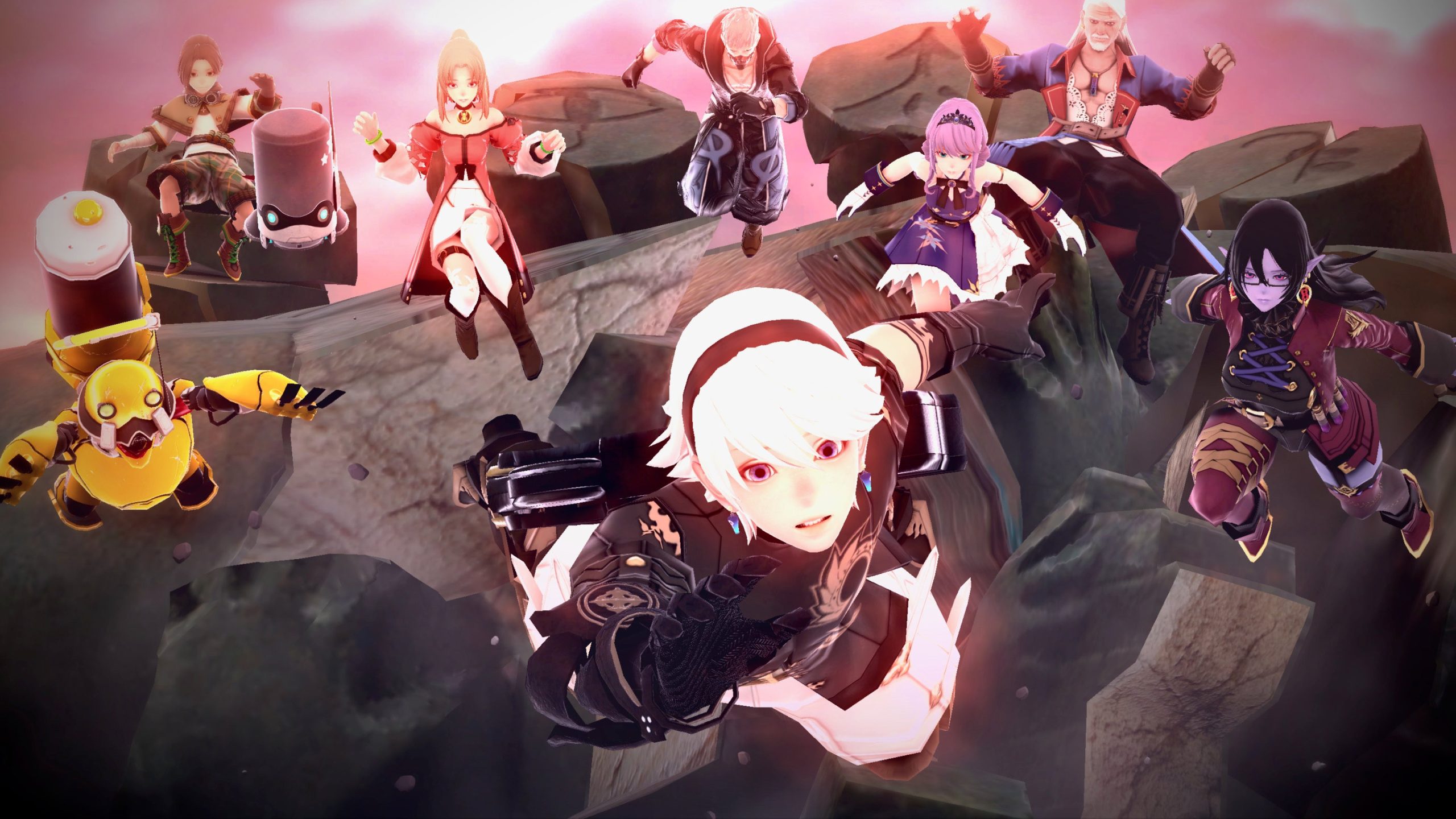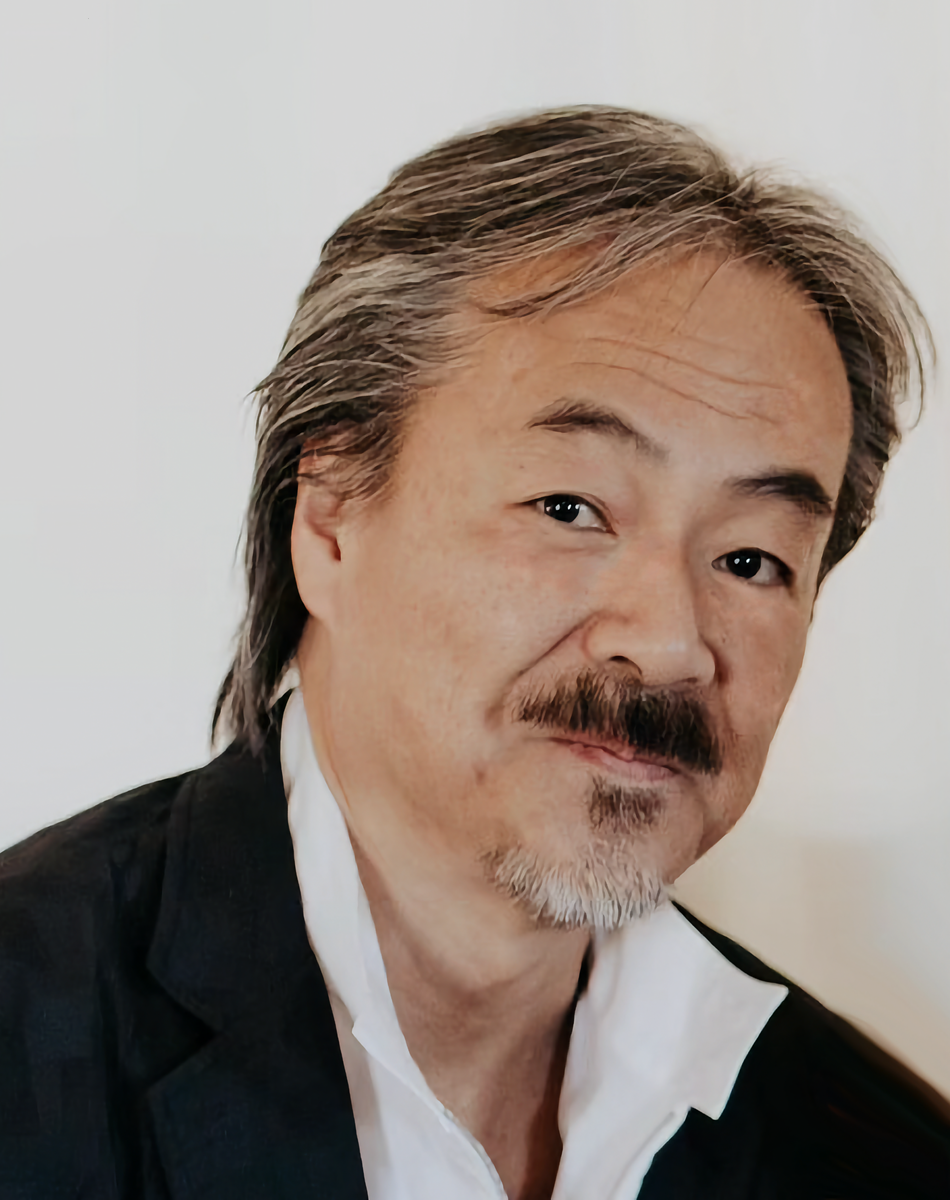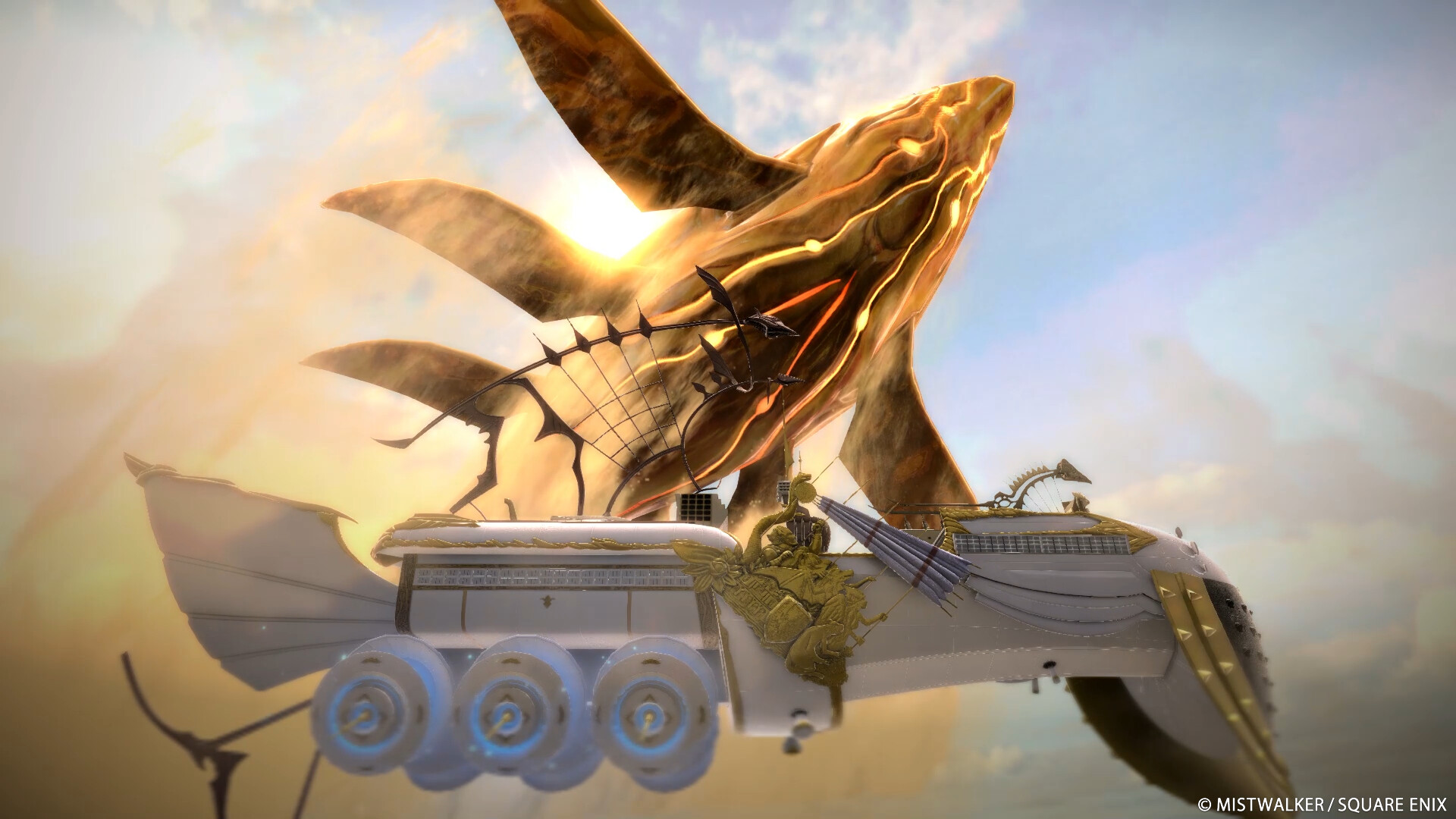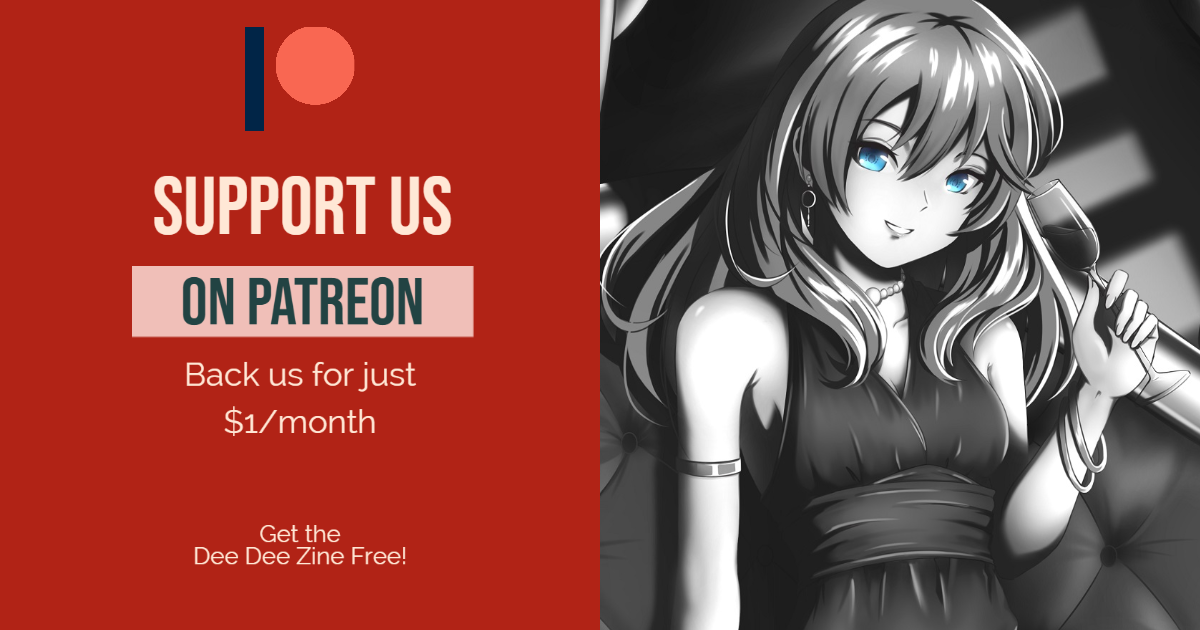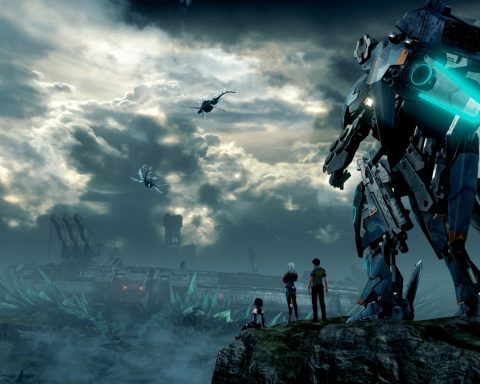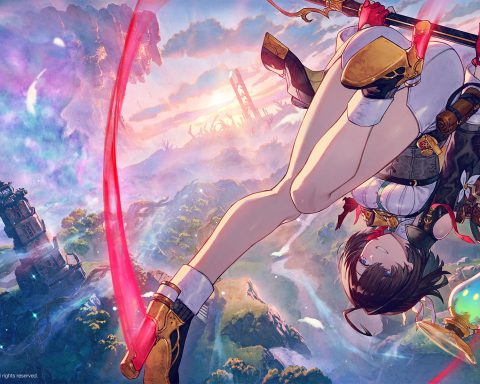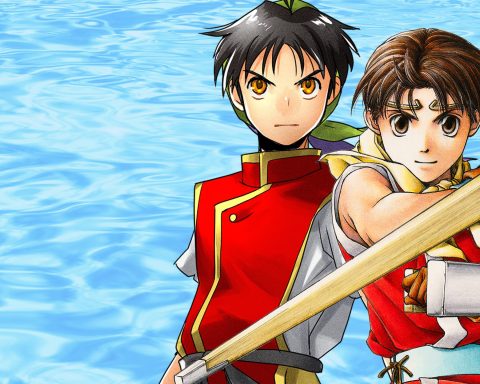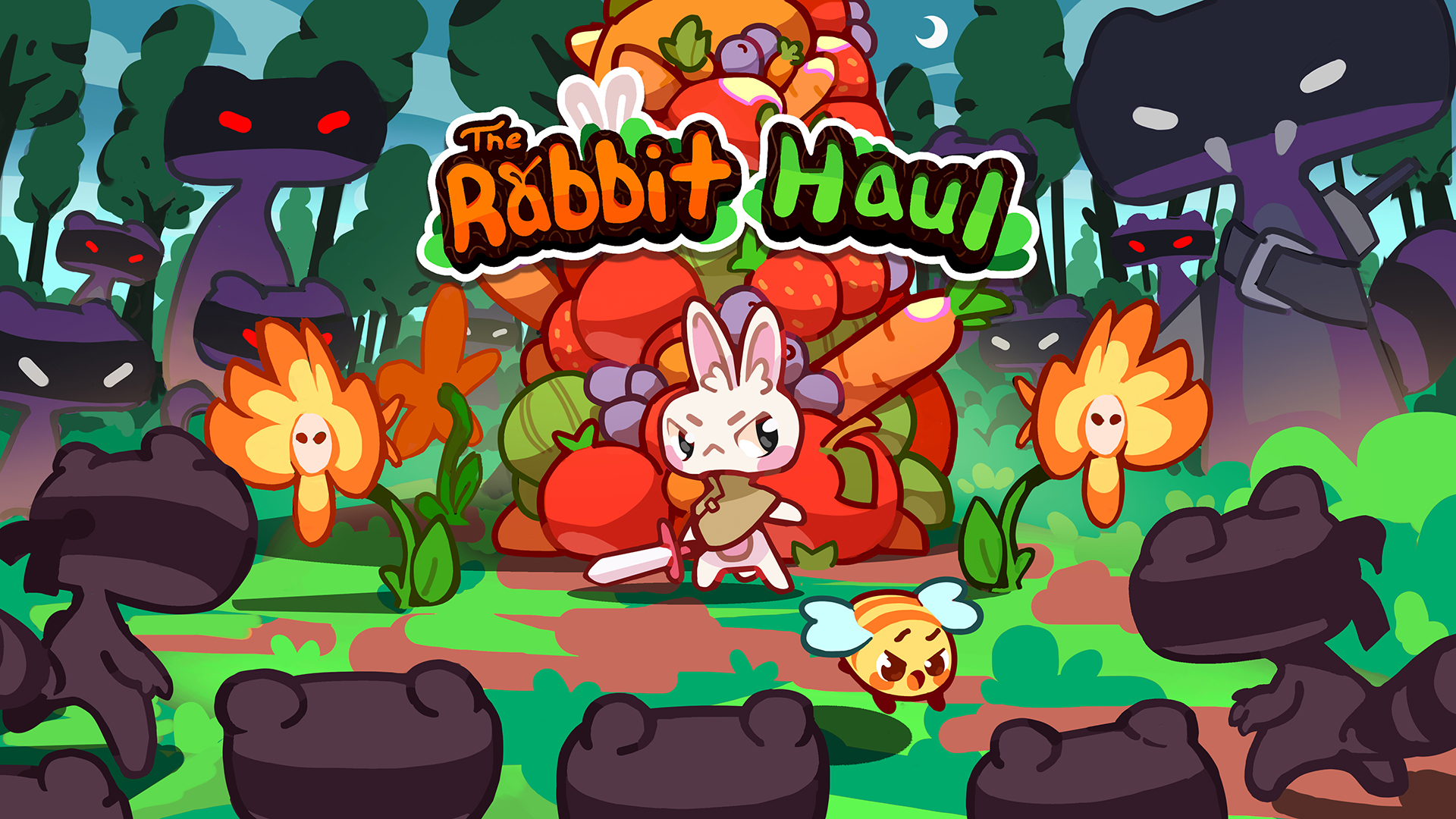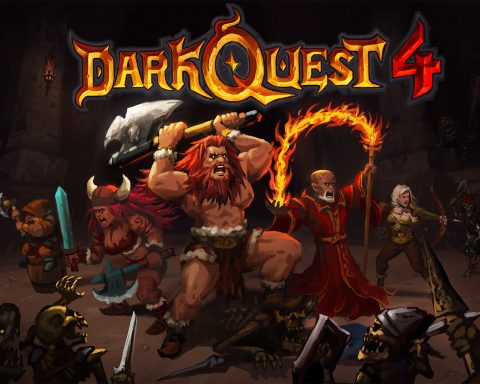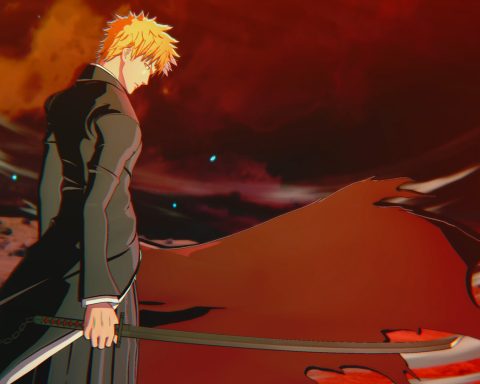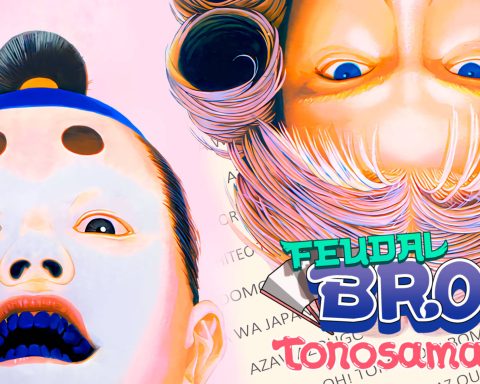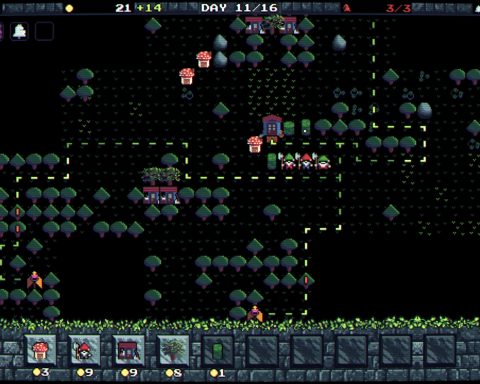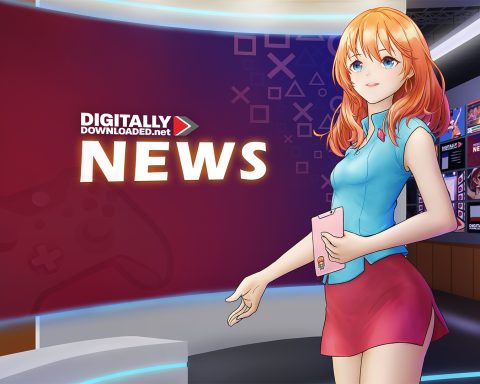It’s not every day that you get to interview one of your heroes, but that was certainly the case when I got to run a quick Q & A with Hironobu Sakaguchi. For those that don’t recognise the name, Sakaguchi is the one who gave us many of the early Final Fantasy titles, as well as the brilliant masterpiece Lost Odyssey and, recently, the excellent Fantasian.
In line with Fantasian’s recent release on console as Fantasian Neo Dimension, having finally escaped Apple Arcade exclusivity, we had the chance to run a couple of quick questions by Sakaguchi, and get his thoughts both on Fantasian and where it sits in his broader thinking about JRPGs.
Congratulations on the successful wide release of Fantasian! Has anything stood out in terms of how people have reacted to it that you found particularly interesting?
Sakaguchi: I was really happy to see people saying that the game felt similar to playing past Final Fantasy titles. When I started working on the original Fantasian, I felt like I wanted to build another RPG that came from my inner creativity. I felt this after playing Final Fantasy VI for the first time in a while, and seeing these kinds of reactions makes me feel like I realised that goal.
I see so much of Final Fantasy VII’s heritage and DNA in Fantasian. What inspired you to return to that kind of game?
Sakaguchi: If you could feel the DNA of Final Fantasy VII, it may be because I approached the production of Fantasian after playing Final Fantasy VI with the idea of, “what would have happened if Final Fantasy VII hadn’t been revolutionised by 3D?” In my mind, Fantasian is an alternate form of Final Fantasy VII that followed on from Final Fantasy VI in a parallel universe.
About 20 years ago, composer, Nobuo Uematsu, and I used to often discuss, “if Final Fantasy VII had been created using pixel art style, would we have been able to create a pixel art RPG that surpassed the high integrity of Final Fantasy VI?” Although Fantasian is in a diorama style and not pixel art style, perhaps it is close to that idea.
What do you think makes a “good story” in JRPGs – specifically what do you think is the difference between a story that people find to be shallow, and one that inspires people to talk about its deeper themes and meaning?
Sakaguchi: I think it is whether the creator has properly portrayed the underlying themes and the sincerity of the characters living within the narrative. Things shouldn’t just happen for the creator’s convenience. In my case, I write the story little by little over a period of about six months, while having adventures with the characters in the imaginary world inside my head. Strangely enough, when the story is completed, I feel as if I have actually been on an adventure in a fantastical world with the characters.
As someone who has overseen much of the development of JRPGs over decades now, where do you see the genre evolving from here? What would you like to see come from the genre?
Sakaguchi: Taking Final Fantasy as an example, I believe that one important proposition for games in that series is that they should be representations of the cutting-edge technology of that era. I feel that Final Fantasy XVI and Final Fantasy VII Rebirth both fully accomplished this and are projects full of ambition. This is what Final Fantasy is all about. Evolving alongside that technology is the most important thing. I believe that’s how you create something completely new, unlike anything seen before.
One of the big trends with JRPGs has been the move to action combat, and even those games that use ATB-like systems have very fast timers between turns – you resisted all that with Fantasian – what were you looking to achieve with the combat system?
Sakaguchi: Inspired by Final Fantasy VI, I went back to what I honestly thought was interesting when I was making it, and the result was turn-based battles. My personal favourite game genre is turn-based simulation games, and I really like the feeling of deliberating and taking time to come up with the next move. From a business perspective, it’s very important to follow trends. But since I felt that this would be my final project, I decided to use turn-based battles as they felt more true to my taste.

